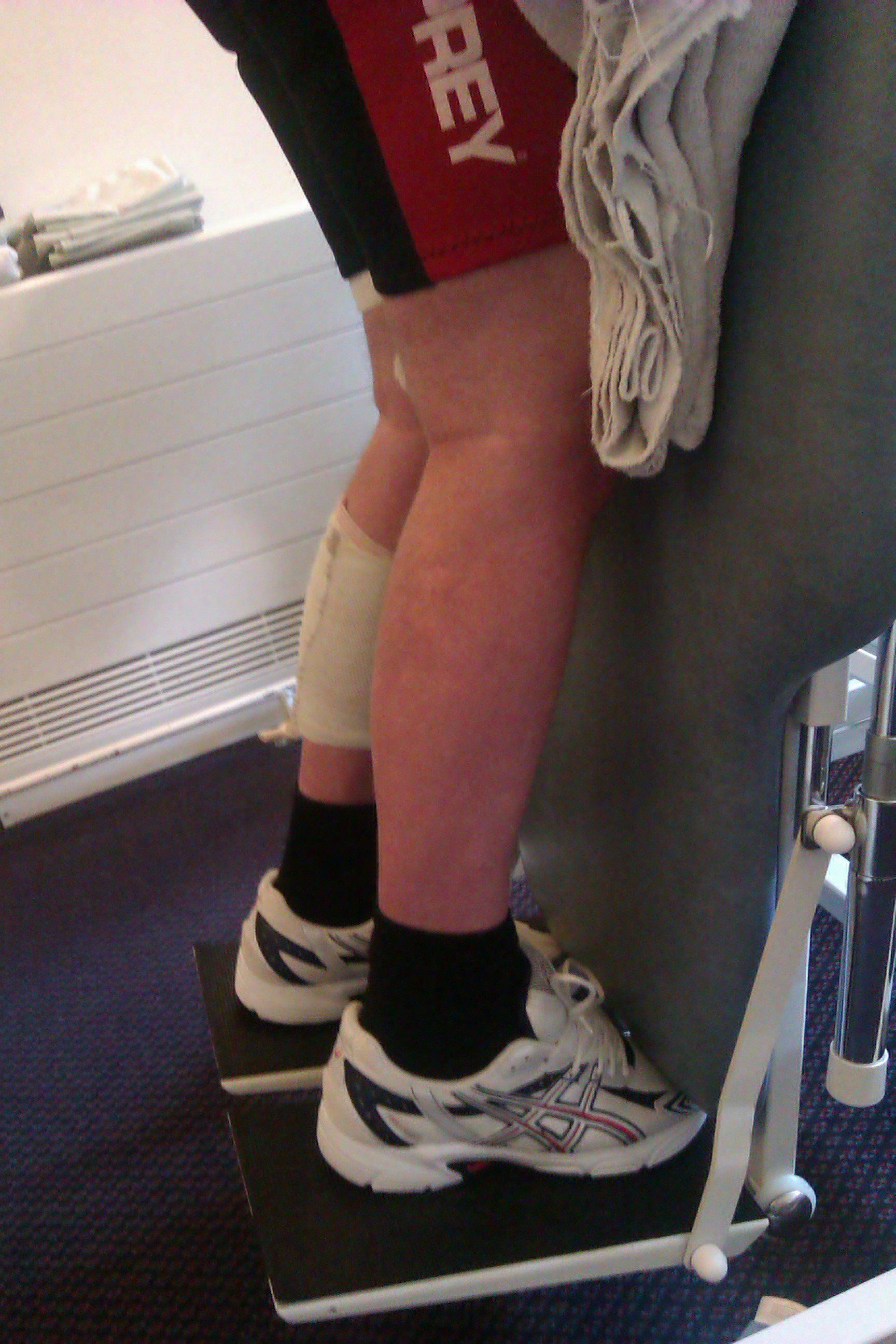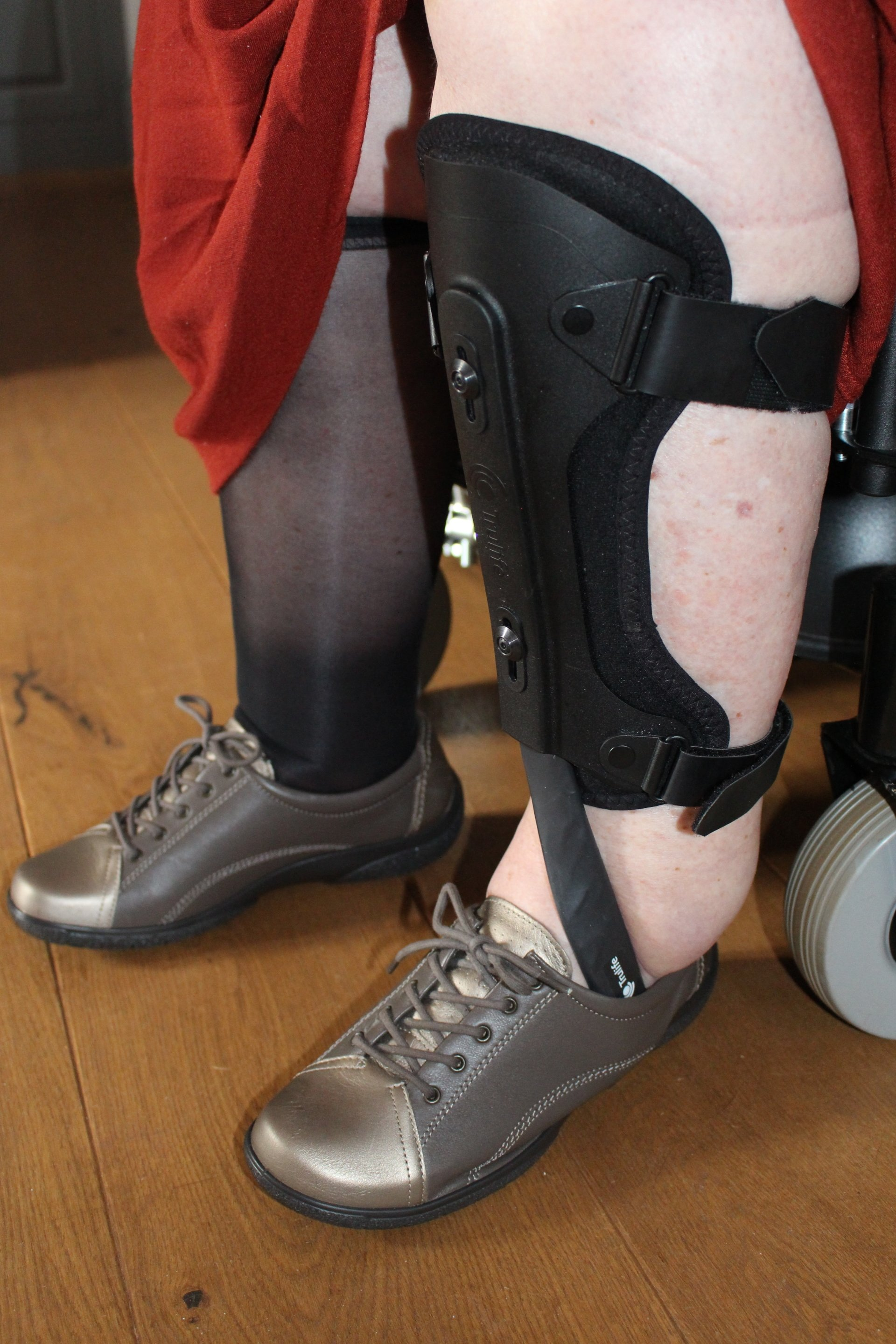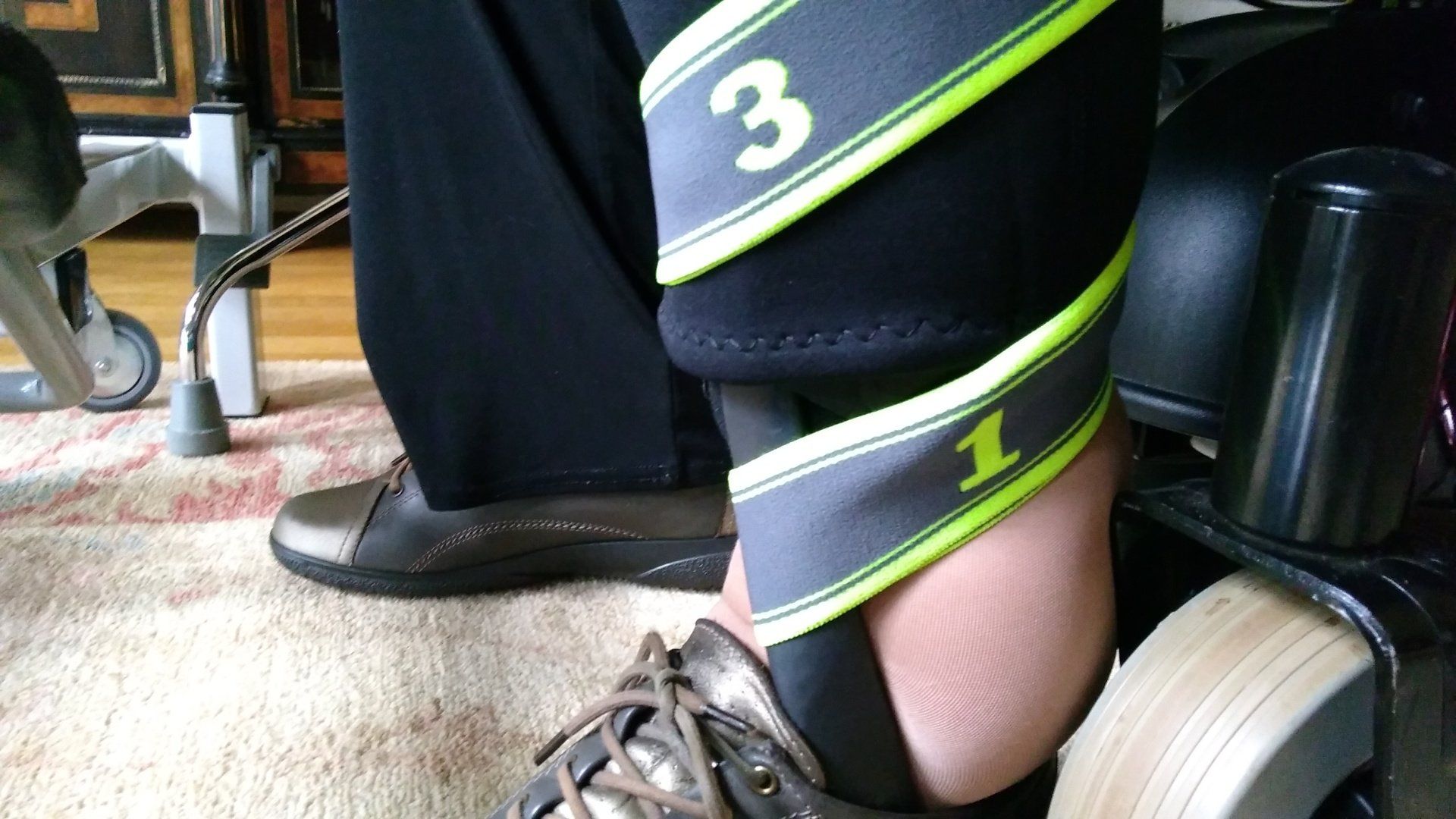Specialised Private Stroke Recovery Support — At Your Home. At Your Pace. We can always be reached on 0800 9 020 191.
Private Physiotherapy for Stroke Recovery, helping people across Devon and Cornwall.
If you have had a stroke, head injury or you're helping someone who has had one, there is plenty of good news for you here.
Do take a little time to look through the site and watch some of the videos. I do think video is one of the best ways for you to get the information you need.
We've had lots of experience working with people like you. See how we can help.
We also treat people with Parkinson's Disease, Multiple Sclerosis and other rarer diseases of the brain and spinal cord. If you aren't sure just ask. Our service is totally confidential.
Just ask reception to arrange a call. You can talk to them on 0800 9 020 191 any time of any day. There is always someone on hand. If you're on a mobile phone now, there is a button above to touch so you can ring straight through.
Send a message Here
Our Data Promise to you. In Plain English. We will only keep your details if you decide to commission work from us. And we won't sell or pass on your information to anyone else. Ever.
And we won't keep sending you messages, reminders or pester you in any way.
Stroke and Head Injury Physiotherapy or Neurotherapy. Get Advice and help here. For survivors, family, carers and professionals .
November 2025 update. Covid 19 did change the way we work. Medical visits are (and always were) allowed. Some people may still feel vulnerable, so the system we developed then is still available. If face to face work still isn't right for you, we can use video calls like Zoom and WhatsApp, together with filmed video lessons to create a home programme that's tailor made for you . Just ask.
About us
We'll work hard to improve your quality of life
Physiotherapy is an active, hands on and exercise-focused approach to eliminating pain, healing injury and rehabilitation. We work using a variety of approaches to neuro rehabilitation, including Bobath, Normal Movement, Electrical Muscular Stimulation, CIMT or constraint induced movement therapy, Peto, Proprioceptive Neuromuscular Facilitation (PNF) Johnstone, Brunnstrom and more. The aim is to restore and enhance movement after injury, illness or surgery, using therapeutic exercises, education and lifestyle advice.
We have worked with so many people over the years. Here are a few of their comments
It was a long time after my stroke that I started work with the team at S.H.I.P.S but with their help and my new wellies I am walking better.
Its over 4 years since my stroke. For a long time after that I couldn't even stand. Working with the team at Ships Physio I am still making good progress
The staff at Ships Physio have really helped me after my spinal cord was damaged. I can get treatment at home when its convenient and though I won't get walking, it stops me from getting worse


